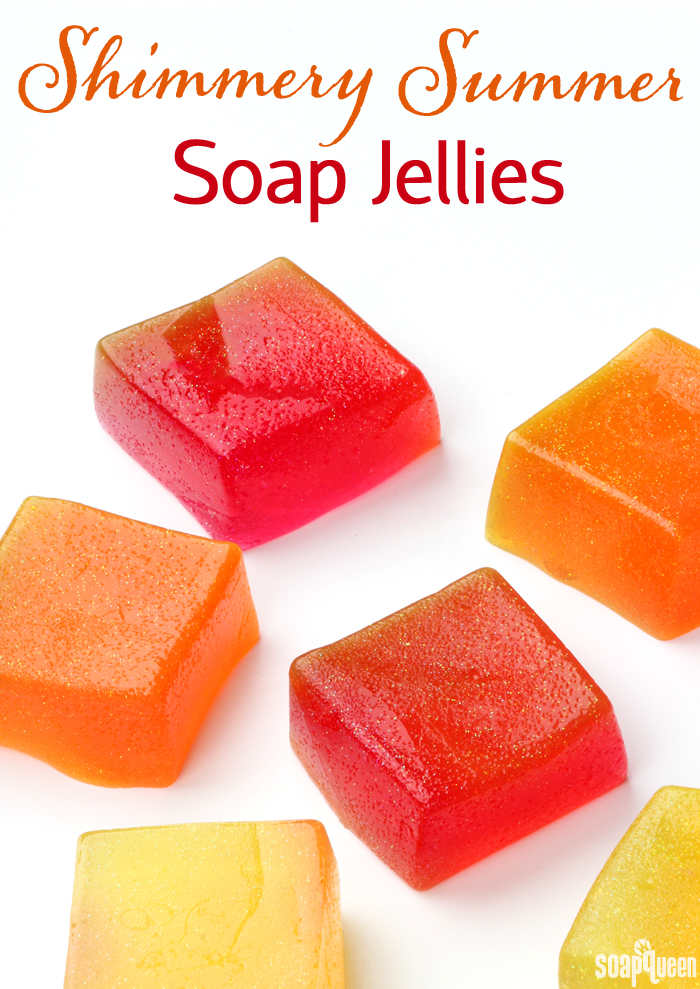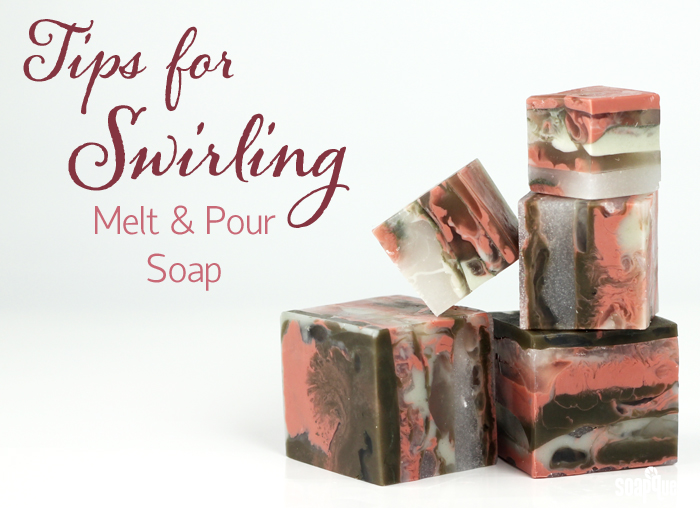Experimenting with new techniques and products is fun. This week featured a tutorial using a new Bramble Berry product, Stephenson Jelly Melt and Pour Base. The base has a jiggly texture and washes like normal soap. The Shimmery Summer Soap Jellies are colored with LabColors and scented with sweet Summer Fling Fragrance Oil. It also has Fine Iridescent Glitter for a touch of sparkle. The jelly is a crowd pleaser, and not just for kids. It caused quite a stir in the break room with the team.

